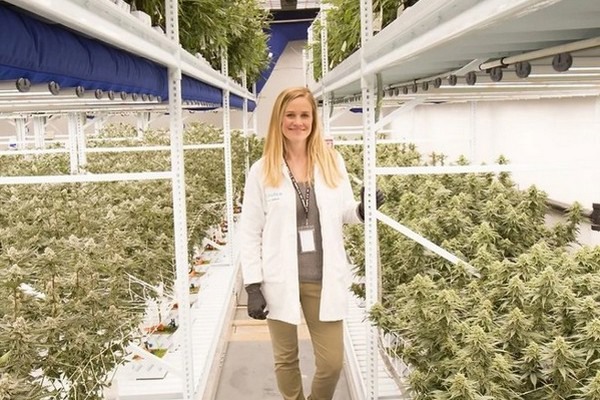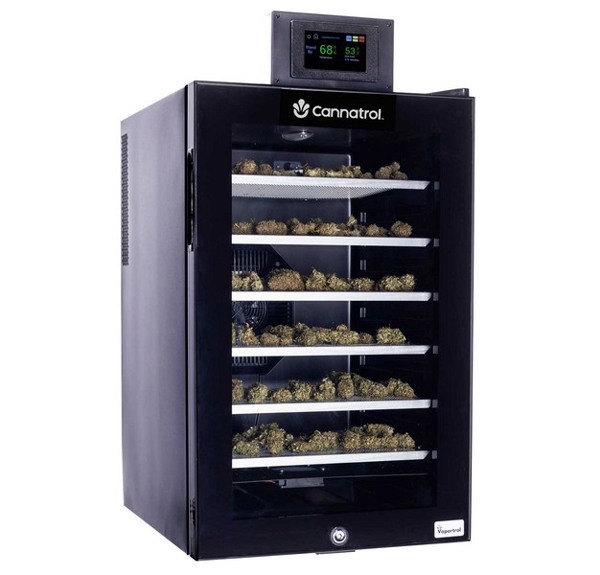"There is an undeniable connection between vapor pressure stability and preservation of trichome integrity and terpene retention." The Cannabis Research Coalition (CRC) conducted a trial to analyze terpene retention during drying and curing of cannabis
flower using traditional drying methods versus drying and curing in a Cannatrol Cool Cure. 
Dr. Allison Justice
Terpenes
"It is generally known that terpenes are volatile, thus, terpene retention is an extremely important consideration for producers," says Dr. Allison Justice, Founder & CEO of CRC. "These aromatic compounds are at most risk while handling flowers after harvesting. Once a cannabis flower is harvested, the first step is to remove enough free water to cease the potential for microbial growth. It is recommended to bring a product below 0.65 water activity (aW). Depending on the facilities' controls and set points, this can be a fast or slow process."
The study explains that the equilibrium moisture content (EMC) is guided by controlling the Vapor Pressure (VP). "VP is a critical concept in the context of drying plant material, particularly in post-harvest handling of cannabis. It refers to the difference in vapor pressure between the air and the plant's internal moisture content. VP is used to assess the drying conditions and to determine how efficiently moisture is being removed from the plant material. Temperature and humidity influence this calculation greatly."
Allison explains that if the VP is too low, it can slow down the drying process, potentially leading to issues like mold and spoilage. If the VP is too high, it can lead to excessive drying rates and potentially damage the plant material or reduce its quality.
The study
During the trial, half of the plants were either dried in the Cannatrol Cool Cure or dried in a traditional setup. "While total cannabinoids were not statistically different between treatments, the flower drying environment had a significant effect on terpene retention after drying. Flowers in the Cool Cure retained 16% more total terpenes than the traditional control and caused less decarboxylation. The Cool Cure was able to minimize environmental spikes and keep setpoints much tighter during the drying process," the study concludes.
Click here to read the full study.
For more information:
Cannabis Research Coalition
www.cannabisrc.org
Sign up for our daily Newsletter and stay up to date with all the latest news!
Subscribe I am already a subscriber